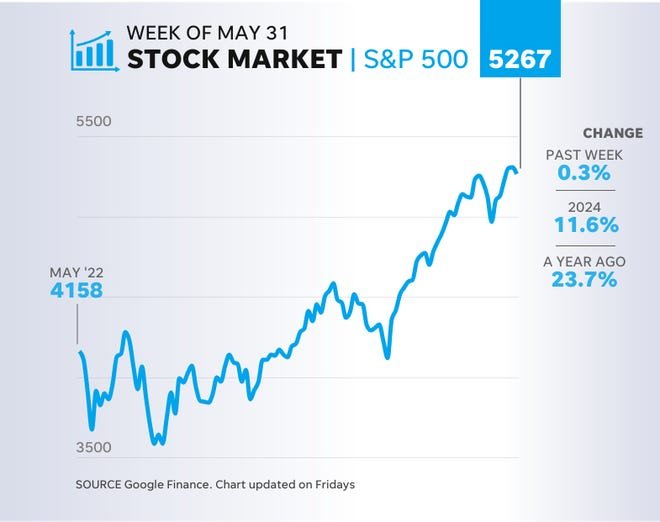With more people trading that stock, liquidity increases. Liquidity makes it easier to buy and sell the stock, in general. Companies and big institutional investors will be able to purchase shares at a lower cost since large orders have less impact on a more liquid security.
In the short term, most analysts seem to agree that a stock slated to split may get at least a small bump up, although some say it’s debatable exactly what causes the rise.
“It’s worth remembering that many stock splits are announced in conjunction with earnings, so attributing the driver of stock moves between the split and the earnings is difficult,” Smith said.
Longer-term, many factors can affect a stock’s price. Woodard’s data show split stocks usually outperform the broader stock market, but he also noted “outperformance is no guarantee. Stocks see negative returns about 30% of the time 12 months later.” He said the average decline is 22%.
